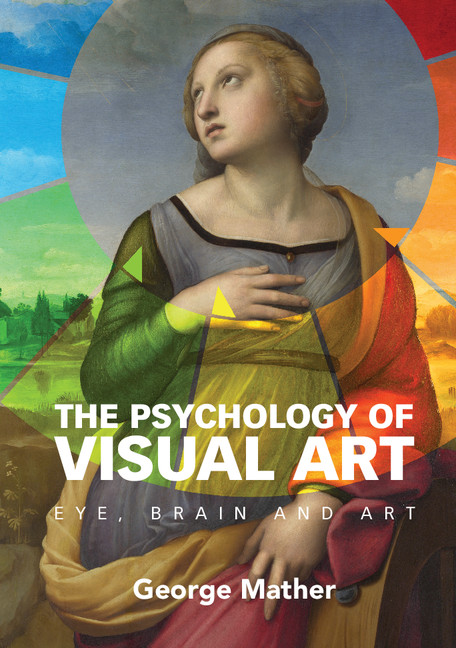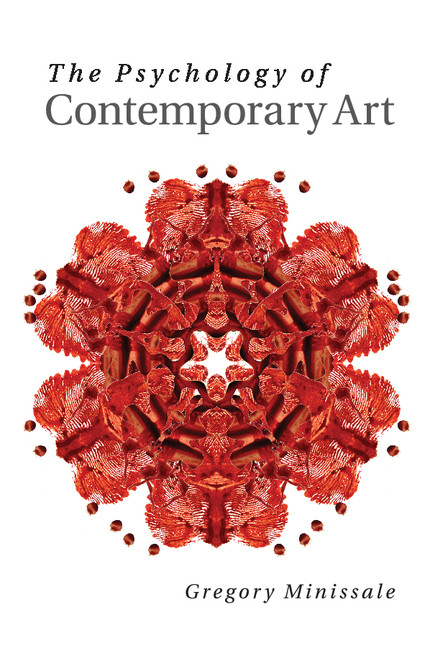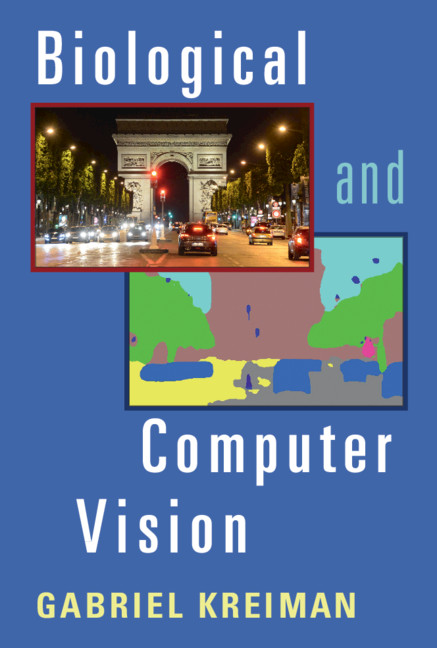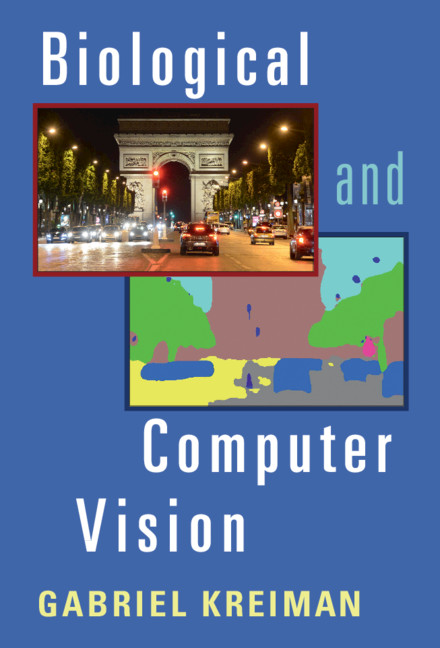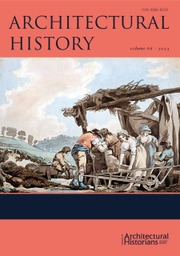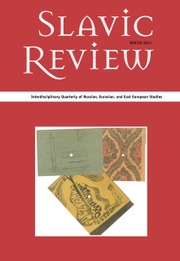The Psychology of Visual Art
What can art tell us about how the brain works? And what can the brain tell us about how we perceive and create art? Humans have created visual art throughout history and its significance has been an endless source of fascination and debate. Visual art is a product of the human brain, but is art so complex and sophisticated that brain function and evolution are not relevant to our understanding? This book explores the links between visual art and the brain by examining a broad range of issues including: the impact of eye and brain disorders on artistic output; the relevance of Darwinian principles to aesthetics; and the constraints imposed by brain processes on the perception of space, motion and colour in art. Arguments and theories are presented in an accessible manner and general principles are illustrated with specific art examples, helping students to apply their knowledge to new artworks.
- Provides a summary of art history and theory for science students and presents the principles of scientific methods and theories for non-science students
- Features detailed examples in which general scientific principles are applied to specific artworks
- References are cited both of scientific evidence and of historical art discussions to help students support their arguments with a credible evidence base
- Includes discussions of scene, picture, colour and motion perception
Reviews & endorsements
"A sumptuous book covering art history and linking it to a broad and deep coverage of visual neurosciences. This is a delightful, engaging text for advanced undergraduates as well as for specialists in vision and in art who want to understand the overlap of the two disciplines. It will bring both groups of readers back to favourite works of art with a new appreciation."
Patrick Cavanagh, Université Paris Descartes and Harvard University
"With his clear style, Mather makes difficult constructs accessible which, I believe, will stimulate a modern debate about an ancient topic. Just the book I have been waiting for!"
Gabriele Jordan, School of Psychology, Newcastle University
"This book will stimulate young scientists to look at art and to apply their thinking to it. A pleasure to read."
Al Rees, Visual Communication, Royal College of Art
"… effectively merges the art and science sides of our visual experience … I recommend this book."
Amy Ione, Director, The Diatrope Institute
"This is excellent material for lively discussions and much thought."
Perception
Product details
December 2013Paperback
9780521184793
211 pages
246 × 175 × 14 mm
0.59kg
50 b/w illus. 20 colour illus.
Available
Table of Contents
- 1. Art through history
- 2. Art and the eye
- 3. Art and the brain
- 4. Perceiving scenes
- 5. Perceiving pictures
- 6. Motion in art
- 7. Colour in art
- 8. Visual aesthetics and art
- 9. Visual aesthetics and nature
- 10. Evolution and art.

